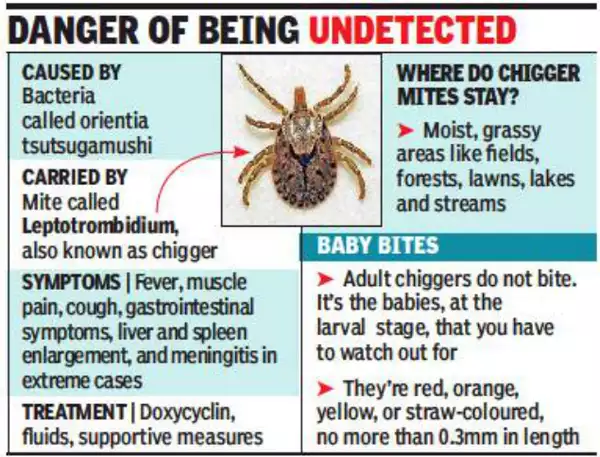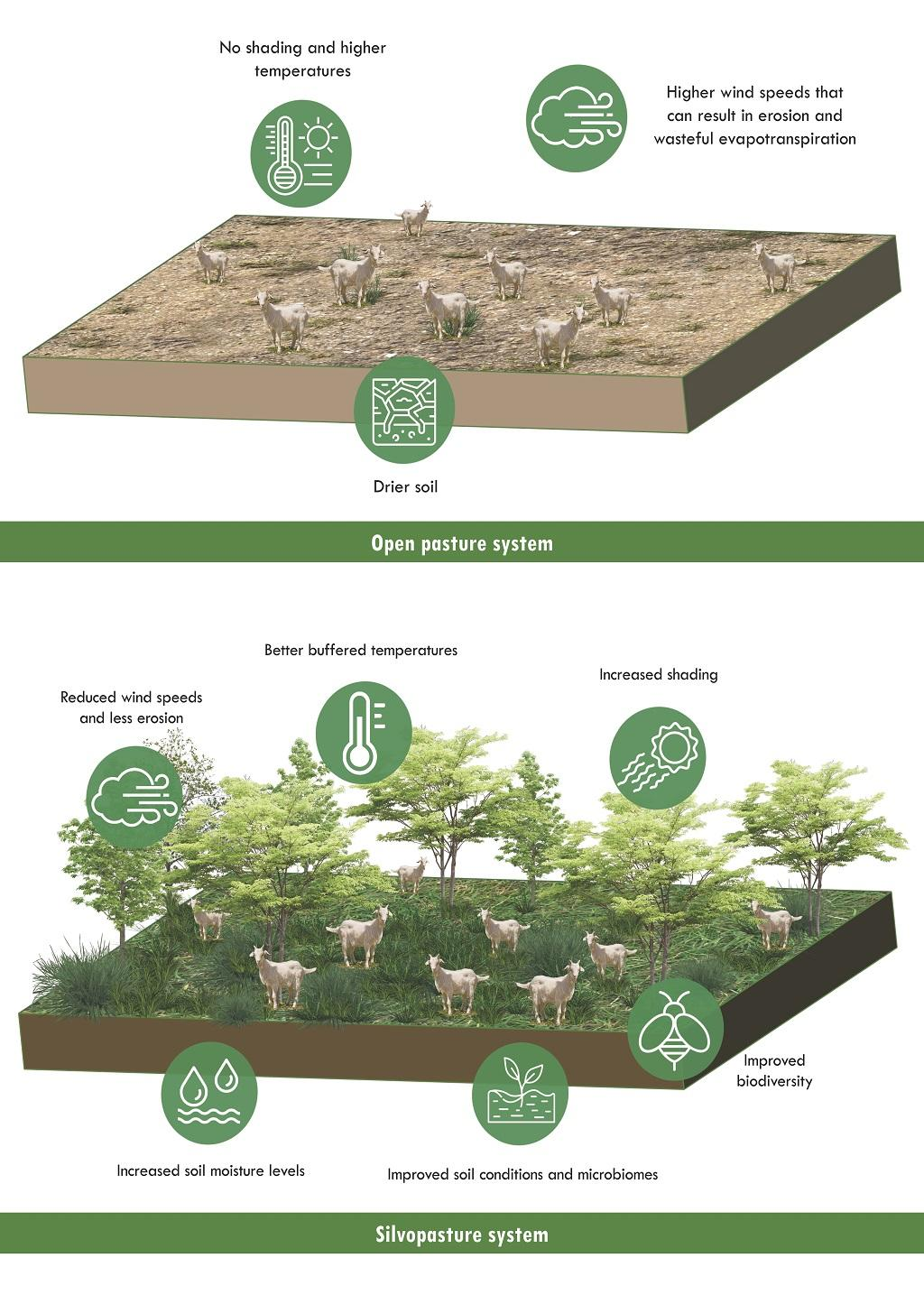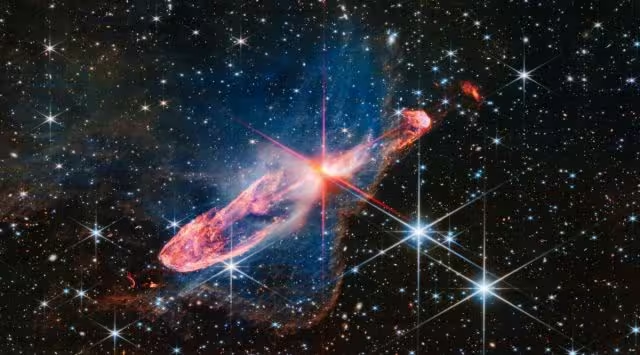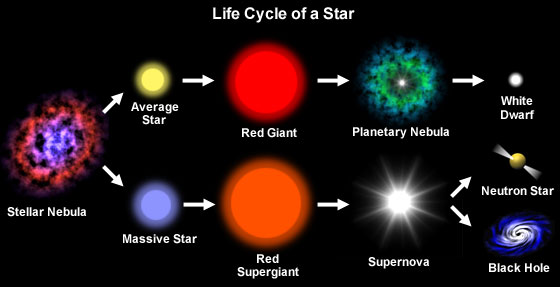Rapid Fire
Rapid Fire Current Affairs
- 29 Jul 2023
- 3 min read
Scrub Typhus
The Kerala Health department has issued an alert against scrub typhus in Alappuzha, Kerala.
- About: Scrub typhus, also known as bush typhus, caused by a bacteria called Orientia tsutsugamushi.
- Spread: It is spread to people through bites of infected chiggers (larval mites).
- Humans mostly get the disease when bitten by chiggers present on the body of animals such as rats, rabbits, mice, and squirrels.
- Affected Areas: Rural areas of Southeast Asia, Indonesia, China, Japan, India, and northern Australia
- Treatment: Antibiotics. No vaccine available.
Read More: Scrub Typhus
Hygroelectricity
A team at the University of Massachusetts (UMass) Amherst published a paper declaring they had successfully generated a small but continuous electric current from humidity in the air which is called Hygroelectricity.
Significance:
- Hygroelectricity has the potential to be a renewable and sustainable energy source as it relies on the continuous availability of atmospheric moisture.
- Unlike traditional power generation methods that may rely on finite resources, hygroelectricity could provide a consistent source of energy from ambient environmental conditions.
Read More: Renewable Energy
Silvopasture System
Silvopasture is an ancient and proven practice that harmoniously integrates trees, forage and livestock on the same land.
Benefits of Silvopasture system:
- Trees in silvopasture act as potent natural carbon sinks, capturing five to ten times more carbon than treeless pastures, without compromising productivity.
- It also regulates local climatic conditions, buffering against temperature and wind extremes, providing a favourable living environment for livestock.
- Trees in silvopasture aid nutrient cycling, enhance soil stability and quality, and combat erosion through their extensive root systems. Silvopasture is a sustainable land-use practice that can improve the health and productivity of the land over the long term.
Read More: Soil Erosion, Deforestation
Herbig-Haro 46/47
NASA recently released a high-resolution image from the James Webb Space Telescope (JWST), showing two actively forming stars known as Herbig-Haro 46/47.
- These young stars are hidden within an orange-white blob surrounded by gas and dust, indicating their early stages of growth.
- They will give insights into the mass accumulation of stars over time.
- Observing the orange lobes helps understand how stars ejected and consumed gas, shaping the lobes over thousands of years.
JWST:
- It is a large, infrared telescope designed to observe the most distant objects in the universe. It is the successor to the Hubble Space Telescope.
- It is a collaboration between NASA, the European Space Agency (ESA), and the Canadian Space Agency (CSA).
Read More: James Webb Space Telescope (JWST), Objects in Space









-min.jpg)